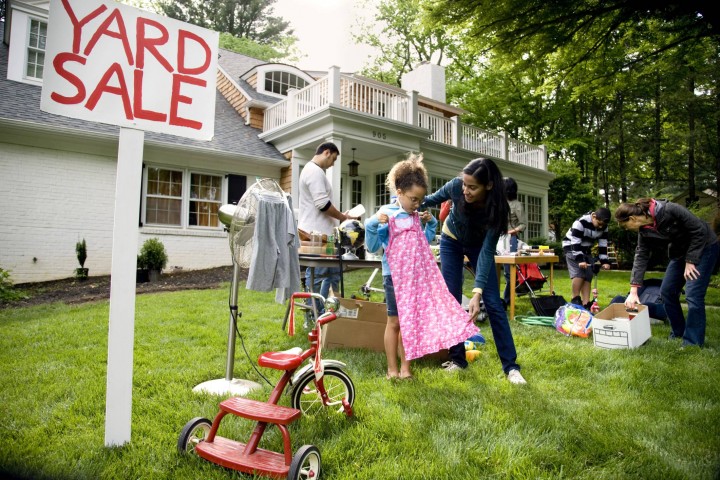WINNIPEG — The Prairies are leading the country for buying second-hand goods, such as clothing, books and games, according to the annual Kijiji Second-Hand Index.

The study measures Canadians’ second-hand practices and its impact on the economy. Examples of this include buying goods through Kijiji, Ebay, vintage stores, or garage sales.
The study showed consumers in Manitoba and Saskatchewan buy more used goods than other regions such as Alberta, British Columbia and Quebec.
Although Manitoba was high on the list, the study found Winnipeggers exhibit “average” second-hand practices (below the national average).
“Second-hand practices appear to increase as the size of a city or a town decreases, indicating an inverse relationship between city size and second-hand consumption,” the report said.
The study did show Winnipeggers are more inclined than any other major city to “dispose of our goods,” displaying the highest resale practices across the country.
Other key findings from the report include:
- Nearly 85 per cent of Canadians participated in some form of second-hand transactions in 2015.
- Canadian consumers are “economically motivated” when it comes to buying second-hand goods (77 per cent are driven by the prospect of saving money).
- Last year, Canadians saved an average of $480 each by buying second-hand goods instead of new ones.
- In 2015, Canadians spent an average of $960 each on used products, and earned an average of $883 through their sales.
- More than a quarter of second-hand practices take place through family, friends or acquaintances.
- The study shows clothing, shoes and accessories remain the most popular product categories exchanged.
- Canadian man dies during Texas Ironman event. His widow wants answers as to why
- ‘Shock and disbelief’ after Manitoba school trustee’s Indigenous comments
- Several baby products have been recalled by Health Canada. Here’s the list
- ‘Sciatica was gone’: hospital performs robot-assisted spinal surgery in Canadian first




Comments